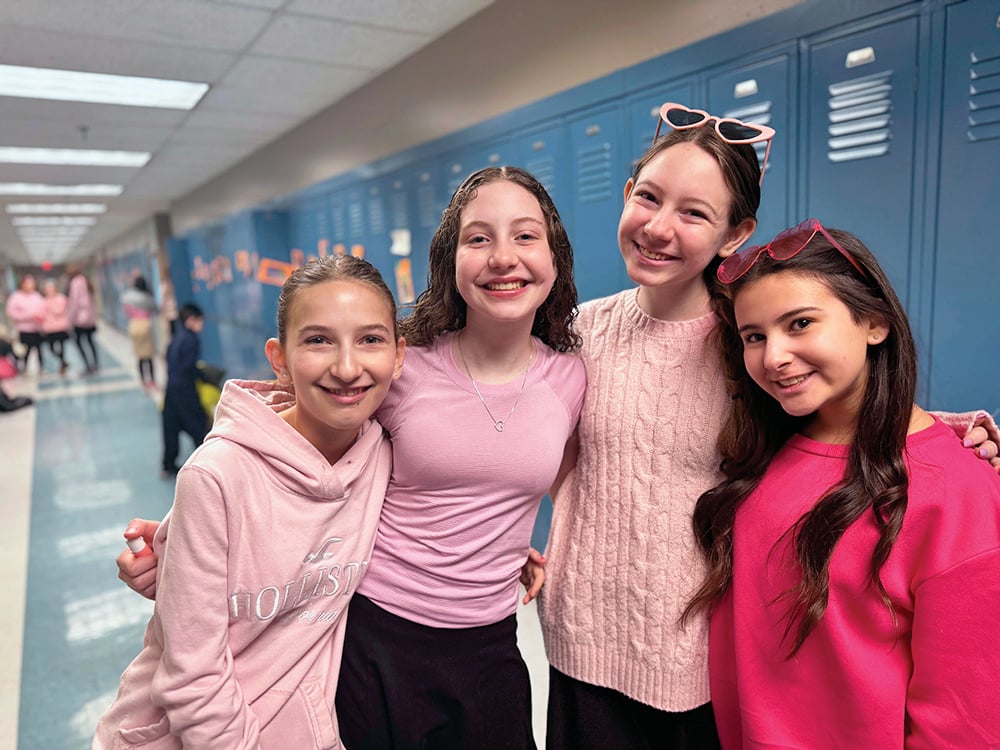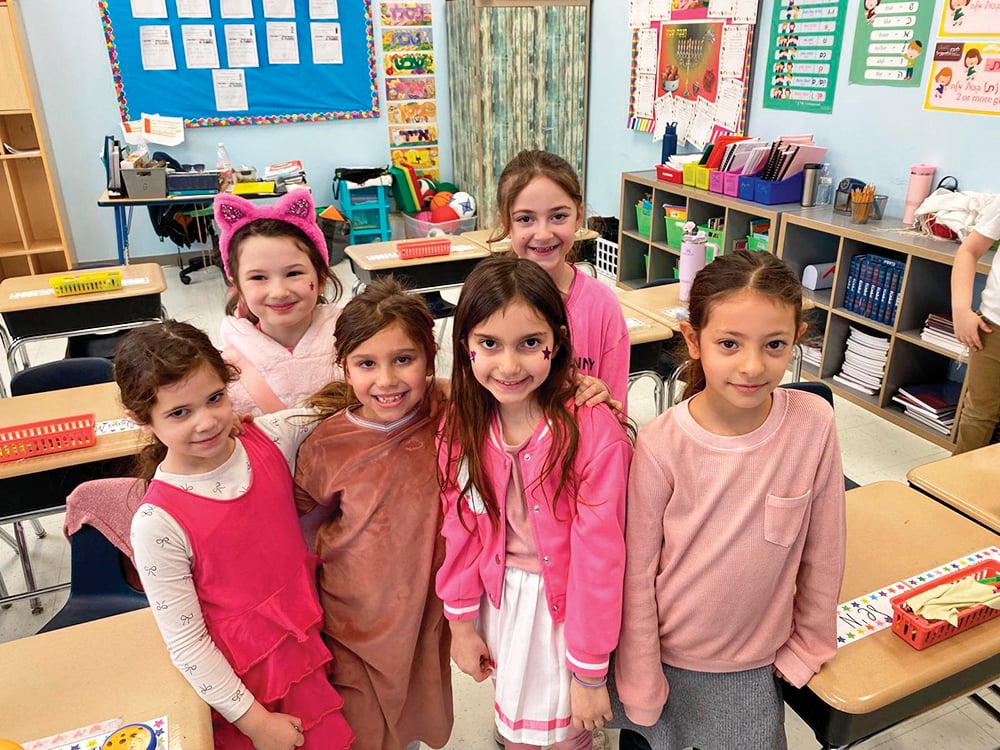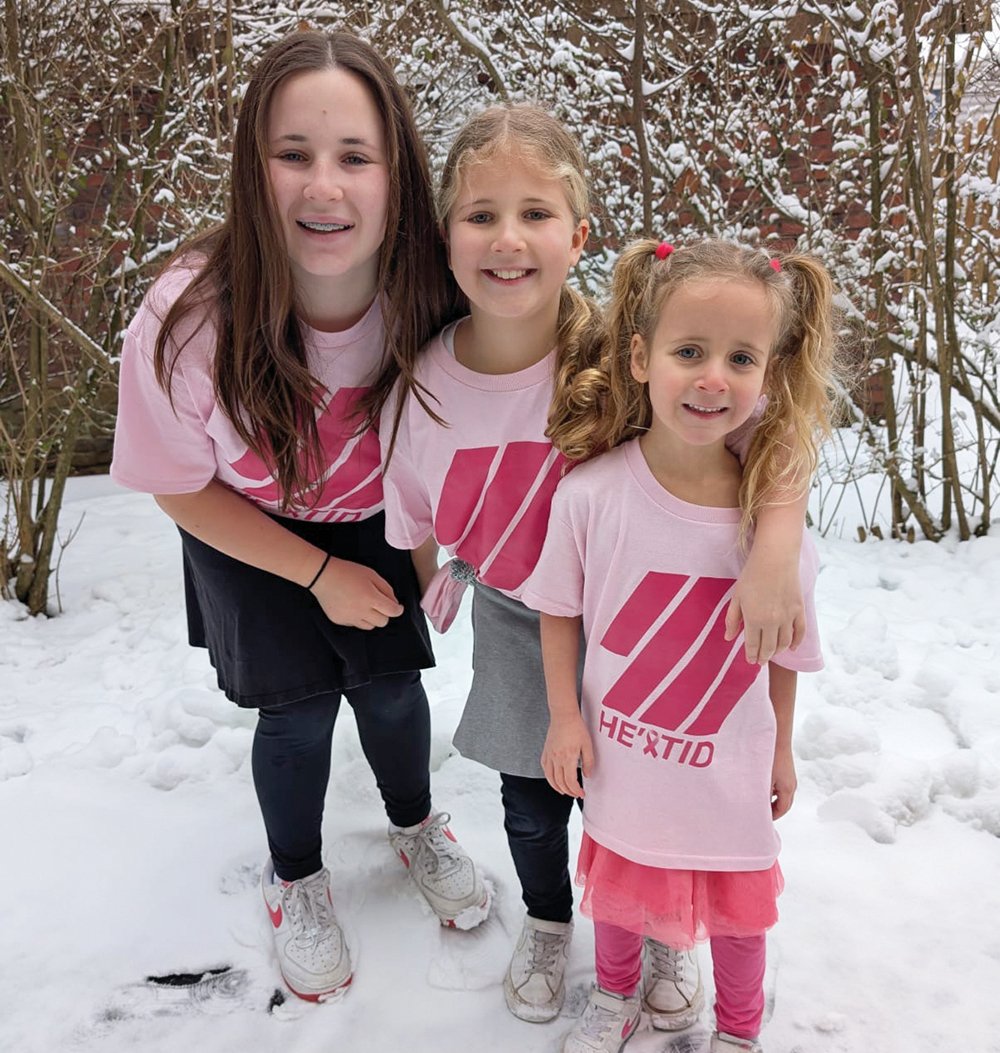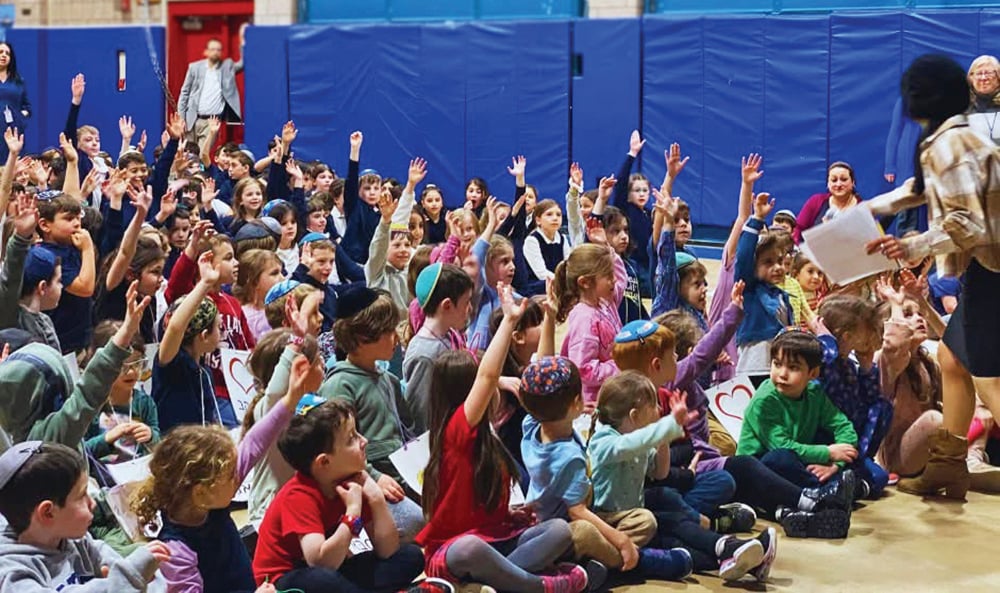
Excerpting: “Now That’s a Story!” by Rabbi Yechiel Spero. Mesorah Publications Ltd. 2024. Hardcover. 390 pages. ISBN-13: 978-1422640326.
(Courtesy of Artscroll) The Gemara (Taanis 21a) reveals how, toward the end of his life, Nachum Ish Gamzu lived with unimaginable suffering: blind in both his eyes, his two hands and legs amputated, and his whole body covered with boils. He was lying in a dilapidated house on a bed, the feet of which were standing in bowls of water in order to prevent the ants from crawling onto him.
His talmidim desired to remove the bed and then clear the vessels from the house, but he said to them, “My children, first remove all the items from the house, and then remove my bed. I am confident that as long as I am in the house, it will not collapse.”
And so it was.
Only after he was taken out of the house did it collapse.
“Torah… magna u’matzla” (Sotah 21a). The Torah protects and saves. It always has and it always will.
From the times of Moshe and Yehoshua, when they fought the demonic forces of Amalek, until today, when Yishmael’s barbaric and animalistic “pere adam” has never been more evident, our salvation comes through Torah.
Learning it. Supporting it. Living it.
During the Six-Day War, Rav Yosef Shalom Elyashiv sought shelter in the same miklat as Rav Shloim’ke of Zhvil and Rav Shmuel Shapiro, a well-known Breslover Chassid. With each explosion, the buildings shook and those in the miklat feared for their lives. But then, they looked around at the Torah giants surrounding them, and their fears were calmed.
As the floor beneath them trembled, the inhabitants of the miklat witnessed Rav Shloim’ke of Zhvil expressing his gratitude to the Eibeshter, singing Az Yashir with great joy. They were comforted by the sight of Rav Shmuel Shapiro, standing not too far away, reciting Rav Nachman of Breslov’s Tikkun HaKlali.
Lastly, their fears were assuaged, as they marveled at Rav Elyashiv, who stood in a corner, holding a Gemara in his hands, in precisely the same position he had stood for hours.
The Gemara is our protective shield, and our unbreakable devotion to it serves as our most reliable ally.
After the massacre on October 7th, 2023, and the subsequent war to eliminate Hamas, many yeshivos and shuls throughout the world bolstered their security.
One yeshivah’s additional security is worthy of note. They, too, installed a 24/7 guard in their beis midrash.
No, he wasn’t carrying a gun; he most probably wouldn’t even know how to hold one if he did. Instead, he would sit and learn without interruption, not leaving his post until the next guard appeared. Then, he, too, would sit and learn without interruption, not leaving his post until the next guard appeared… And so, the cycle would continue.
For twenty-four hours a day, seven days a week, this shemirah was maintained. From morning until night, night until morning. When others were sleeping, eating, going about their daily lives… the guard remained at his post, learning, shteiging, keeping us alive.
Yes, Torah is the safeguard of our nation.
In 1948, the Jordanian Legionnaires pelted the Old City with shells of mortar. The moment the sirens wailed, the inhabitants of the city scurried to the bomb shelters.
Yeshivat Porat Yosef, led by Rav Ezra Attia, found itself right in the middle of the danger. During one such shelling session, Rav Ezra instructed the bnei hayeshivah to quickly make their way to the shelter. But when he looked around, he noticed that one young man was missing. He asked his talmid, Rav Yehuda Tzadka, to go search for the young man.
Rav Tzadka, who later became the rosh yeshivah, was relatively young at the time. He ran to the bet midrash and spotted the young man; he was completely absorbed in his learning, oblivious to everything going on around him. When Rav Yehuda finally managed to grab the young man’s attention, he followed Rav Yehuda back to the shelter.
Almost as soon as they left the building, a missile exploded — in the exact spot where the young man had been learning.
Novices may suggest it was a miracle. Had he not moved, he would have been killed.
But perhaps that’s not the true narrative. Had he stood there, perhaps the missile would never have come.
The young man would become the greatest Sephardic Torah leader of his time.
Chacham Ovadiah Yosef.
Every night, we say in Maariv: “V’nismach b’divrei Torasecha u’v’mitzvosecha l’olam va’ed, ki heim chayeinu — And we will rejoice with the words of Your Torah and with Your commandments for all eternity. For they are our life.”
Rav Yitzchak Hutner explains that the basic necessities of life don’t make us all that happy or joyous. Water, which we need to live, doesn’t make us rejoice; neither does the air we breathe. In the same vein, it would seem that Torah, which is our life, does not give us reason to rejoice.
However, Rav Hutner takes note, there is one basic necessity that brings us joy, and that is life. Hence, we rejoice with the words of the Torah… because it is life itself!
It is not simply a basic necessity of life, but our genuine existence.
Reprinted from Now That’s a Story! By Rabbi Yechiel Spero with permission from the copyright holder, ArtScroll Mesorah Publications.












